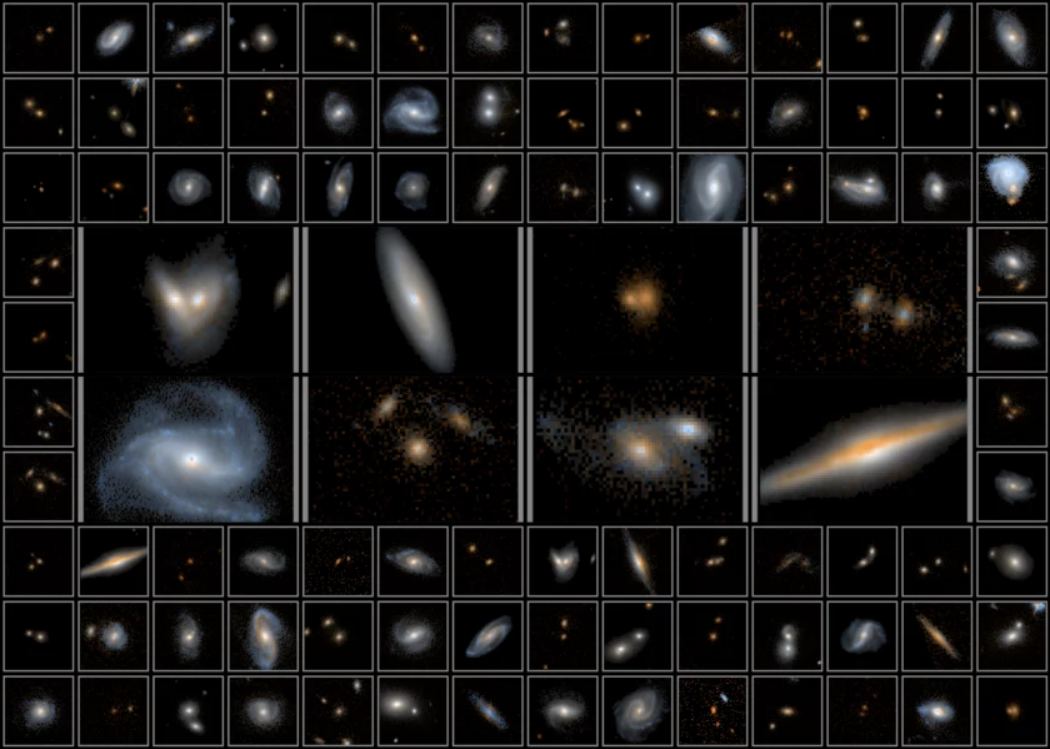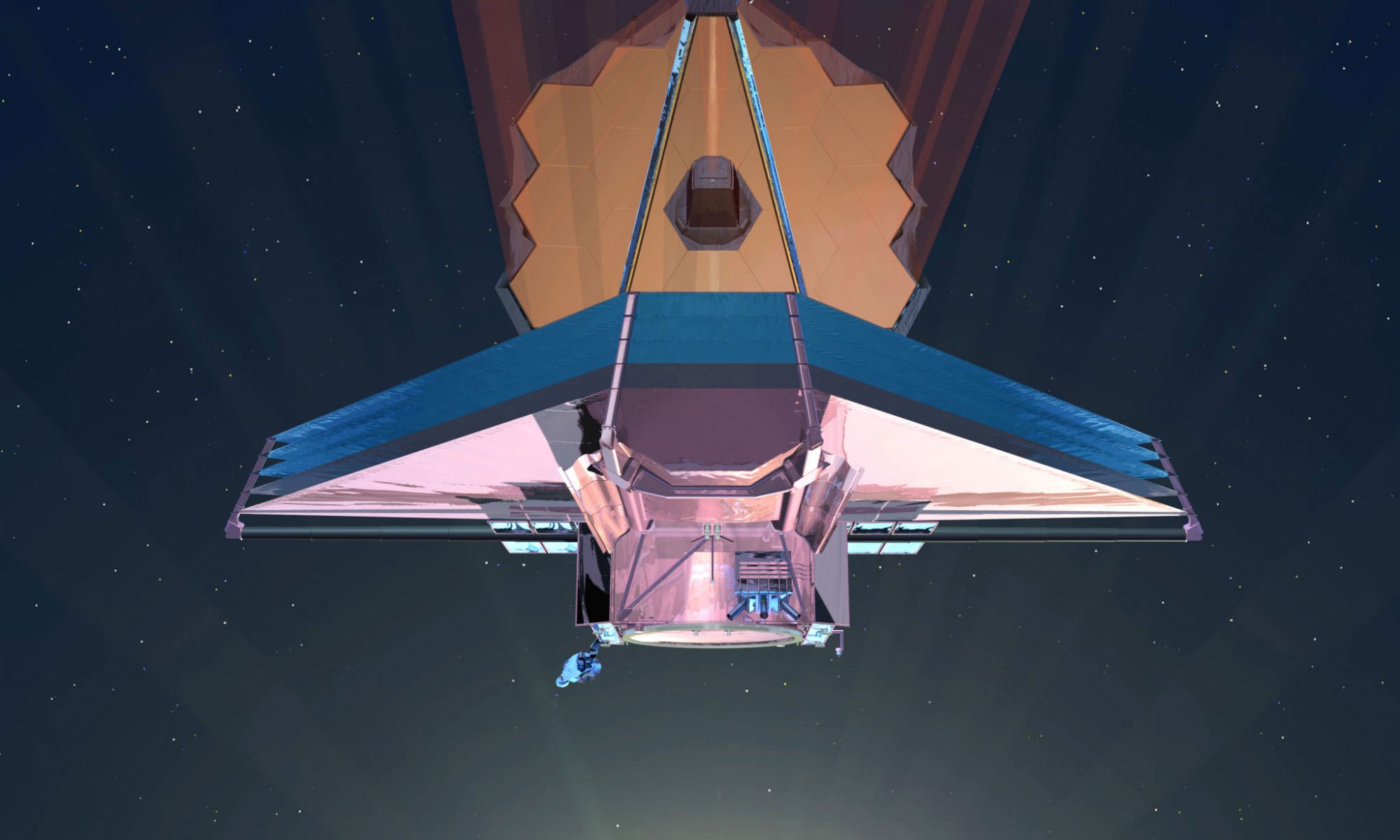Scientists and engineers for the James Webb Space Telescope revealed that since its deployment in space, the telescope has been struck at least five times by micrometeroids, with one recent strike by an object that was larger than what pre-launch models suggested that the telescope would likely encounter.
Continue reading “JWST was Recently Hit by a Surprisingly Large Micrometeoroid”JWST was Recently Hit by a Surprisingly Large Micrometeoroid







